According to stack Overflow Developer Survey 2018, JavaScript is a standout amongst the most generally utilised programming languages. On account of its consistently advancing framework living community to locate the best answer for mind-boggling and testing issues.
Even though JavaScript has burned through the more significant part of its lifetime being related to web development, as of late, its use is by all accounts extending. Not just has it moved from front to back end, we’re additionally starting to see it utilised for things like AI and augmented reality.
Frameworks drive JavaScript’s development. Furthermore, even though there are not many that appear to lead the way, there are numerous other smaller tools that could be certainly justified regardless of your consideration in 2019.
Here is the list of best JavaScript frameworks which you can use for development and will help you with your projects to enhance your productivity.
React
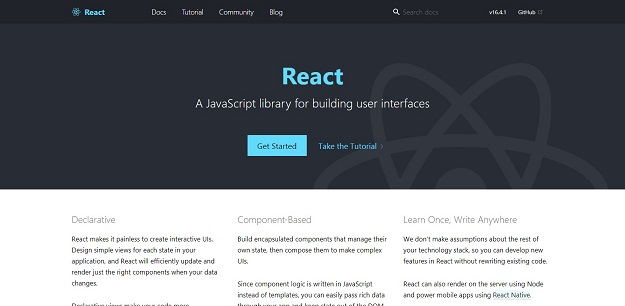
React was first created by Facebook in 2011 and after that publicly released in 2013. From that point forward it has turned out to be a standout amongst the most well-known JavaScript libraries for structure user interfaces. As per npm’s review, notwithstanding a lull in React’s development in 2018, it will be the overwhelming framework in 2019. The State of JavaScript 2018 study assigns it as “a safe technology to receive” given its high utilisation fulfilment proportion and an expansive user base.
Vue
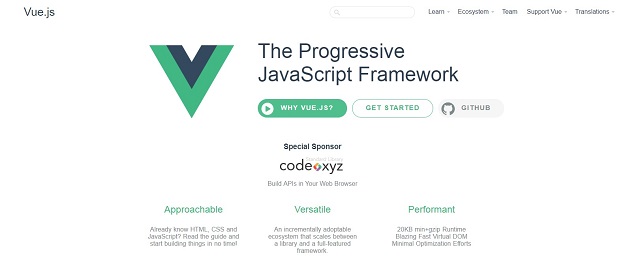
Vue is a library that enables developers to create intelligent web interfaces. It gives reactive information segments, like React, with a straightforward and adaptable API. Not at all like React or Angular, one of the advantages of Vue is the spotless HTML development. Other JavaScript libraries will, in general, leave the HTML dispersed with additional properties and classes in the code, though Vue expels these to create perfect, semantic yield. It gives propelled feature, for example, directing, state the board, and manufacture tooling for complex applications using formally kept up supporting libraries and packages.
Angular

Google created AngularJS in 2009 and launch its first form in 2012. From that point forward it saw great help and across the board appropriation among the two enterprises and people. AngularJS was initially created for designers, not developers. While it did saw a couple of transformative upgrades in its structure, they were insufficient to satisfy developer requirements. The later forms, Angular 2, Angular 4, etc. have been moved up to give a general improvement in performance, particularly in speed and reliance injection.
Node.js
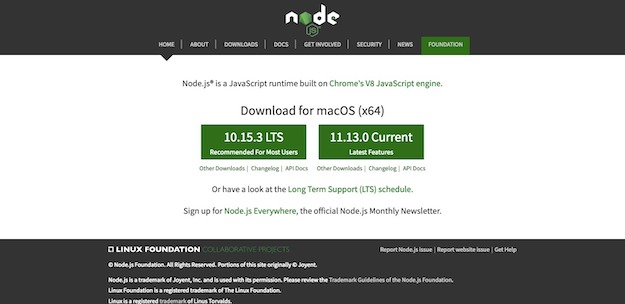
There has been a great deal of discussion around whether Node is a framework (it’s a library), however when discussing web development it is difficult to skip it. Node.js was initially composed by Ryan Dahl, which he demonstrated at the debut European JSConf on November 8, 2009. Node.js is a free, open-source, cross-platform JavaScript run-time condition that executes JavaScript code outside of a program.
React Native
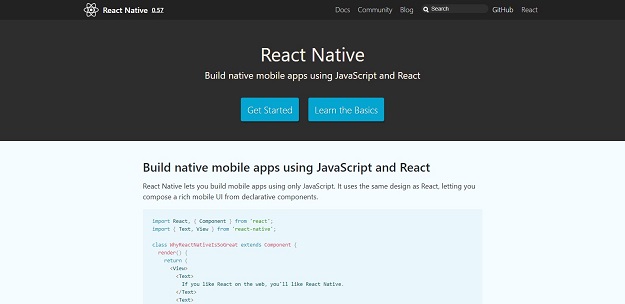
The account of React Native began in the mid-year of 2013 as Facebook’s inward hackathon task, and it was later publicly released in 2015. React Native is a JavaScript framework used to fabricate native mobile applications. As you may have just speculated from its name, React Native depends on React, that we examined prior. The motivation behind why it is designated “native” is that the UI worked with React Native comprises of native UI gadgets that look and feel predictable with the apps you manufactured utilising native languages.
NativeScript
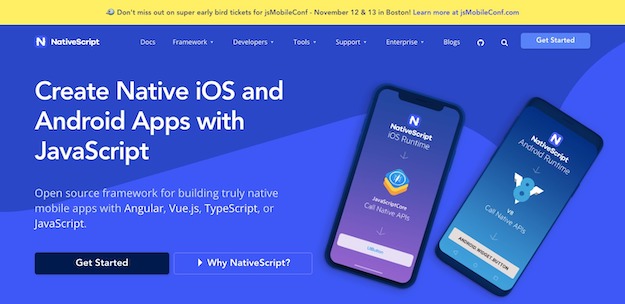
NativeScript was created by Telerik and first launched in 2014. It’s an open source framework that encourages you to fabricate apps utilising JavaScript or whatever another language that transpired to JavaScript, for instance, TypeScript. It straightforwardly bolsters the Angular framework and backings the Vue framework using a network created module. Mobile applications worked with NativeScript result in completely native apps, which utilise similar APIs as though they were designed in Xcode or Android Studio.
Ionic Framework

The Ionic framework was made by Drifty Co. and launched in 2013. It is an open source, frontend SDK for creating crossover mobile apps with commonplace web advancements, for example, HTML5, CSS, and JavaScript. With Ionic, you will probably fabricate and convey apps that work over various platforms, for example, native iOS, Android, work area, and the web as a Progressive Web App.
Electron
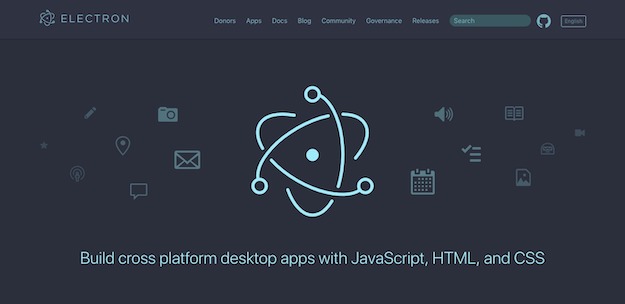
The electron was made by Cheng Zao, a product engineer at GitHub. It was at first launched in 2013 as Atom Shell and afterwards was renamed to Electron in 2015. Electron enables web developers to utilise their current learning and native developers to manufacture one codebase and ship it for every platform separately. Numerous prevalent apps are work with Electron including Slack, Skype for Linux, Simplenote, and Visual Studio Code, among others.
Tensorflow.js

At the TensorFlow Dev Summit 2018, Google declared the JavaScript execution of TensorFlow, their AI framework, called TensorFlow.js. It is the successor of deeplearn.js, which was launched in August 2017, and is currently named as TensorFlow.js Core. The group as of late started Node.js ties for TensorFlow, so now the equivalent JavaScript code will chip away at both the program and Node.js.
Brain.js
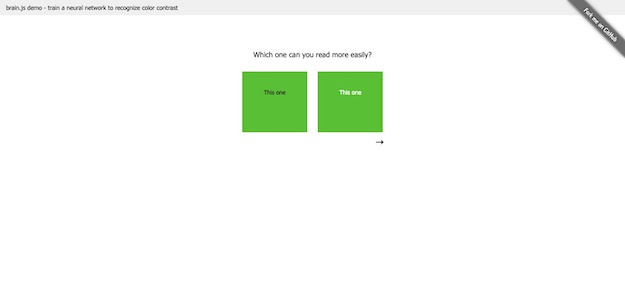
Brain.js is a library of neural network written in JavaScript, a continuation of the “cerebrum” library, which can be utilised with Node.js or in the program. It improves the way toward making and preparing a neural network by using the convenience of JavaScript and by constraining the API to only a couple of technique calls and alternatives. It accompanies diverse sorts of networks for various errands, which incorporate a feedforward neural network with backpropagation, time step intermittent neural network, time step long temporary memory neural network, among others.
React 360
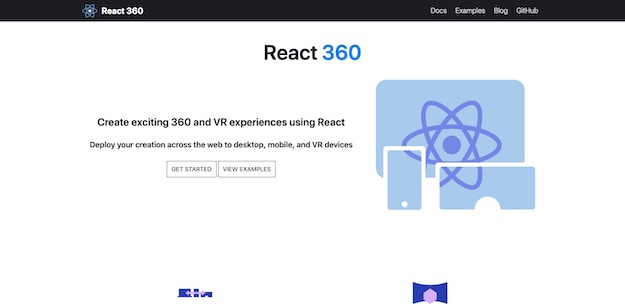
In 2017, Facebook and Oculus together presented React VR, which was patched up and rebranded a year ago as React 360. This improved form rearranges UI format in 3D space and is quicker than React VR. Based over React, which we examined prior, React 360 is a JavaScript library that enables developers to make 3D and VR interfaces. It permits web developers to utilise natural tools and ideas to make vivid 360 encounters on the web.









Leave a Reply